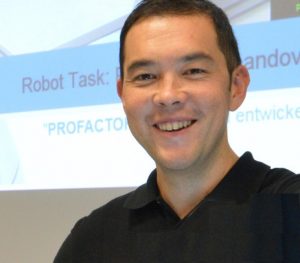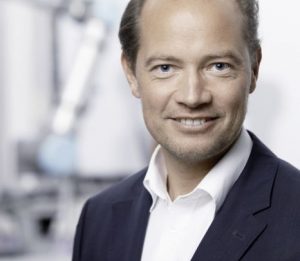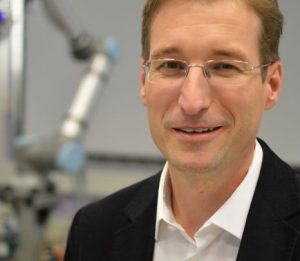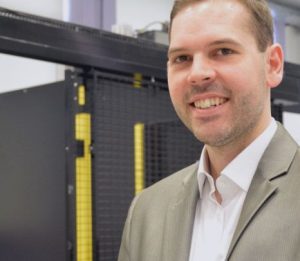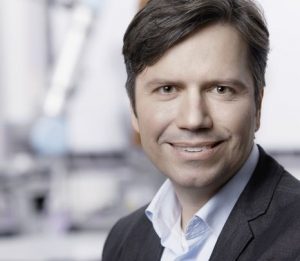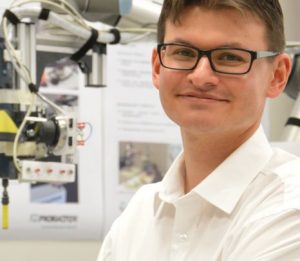Märkte, in denen die Nachfrage nicht immer genau vorhergesagt werden kann, bzw. Unternehmen, die mit kleinen Fertigungslosen arbeiten, profitieren nicht von der erhöhten Produktivität durch Roboter. Der Trend hin zu individualisierten Serienfertigung verschärft die Problematik zusätzlich. Industrieroboter-Anlagen haben großen Platzbedarf und erfordern Sicherheitsinfrastruktur wie automatisierte Zäune und Türen. Das erhöht die Systemkosten sowie die Kosten für die Automatisierung und Programmierung der Anlagen. Produktion in kleinen Losgrößen bis hin zu Losgröße 1 Produkten erfordert Robotersysteme die mobil sind, ohne Schutzzaun arbeiten können – im Idealfall in Mensch-Roboter-Kooperation, und aufgrund sensorischen Fähigkeiten in der Lage sind ihre Programmierung an die a priori undefinierte Umgebungssituation (hinsichtlich Werkstückpräsentation, …) anzupassen. Das erhöht die Systemkomplexität enorm, da zu Anlagenbauern und Roboterprogrammierern im Extremfall Bildverarbeitungsspezialisten und Spezialisten zur Programmierung Sensordatenabhängiger Robotersoftware hinzukommen.
Im Projekt FlexRoP werden Systeme entwickelt, die flexibler und einfacher zu programmieren und die lernfähig sind.
Projektziele im Detail:
- Integration einer Assistenzroboterplattform mit erweiterten sensorischen Fähigkeiten
- Definition einer universellen Darstellung für die Fähigkeit (Skill), eine Montageaufgabe zu bewältigen.
- Implementierung automatischer und halbautomatischer Fähigkeiten zur Parametrierung der Skills über visuelle und kinästhetische Beobachtung von Menschen.
- Techniken zur Verallgemeinerung, um die in der Anlernphase erworbenen Fähigkeiten in unterschiedlichen Situationen anwenden zu können.
- Implementierung von Algorithmen zur Aktionssynthese, um Bearbeitungsprogramme aus Sensordaten ableiten zu können.
Projektname:
Flexible, assistive robot for the customized production.
Förderung:
FFG – ICT of the Future
Laufzeit:
1.09.2016 – 31.08.2018

